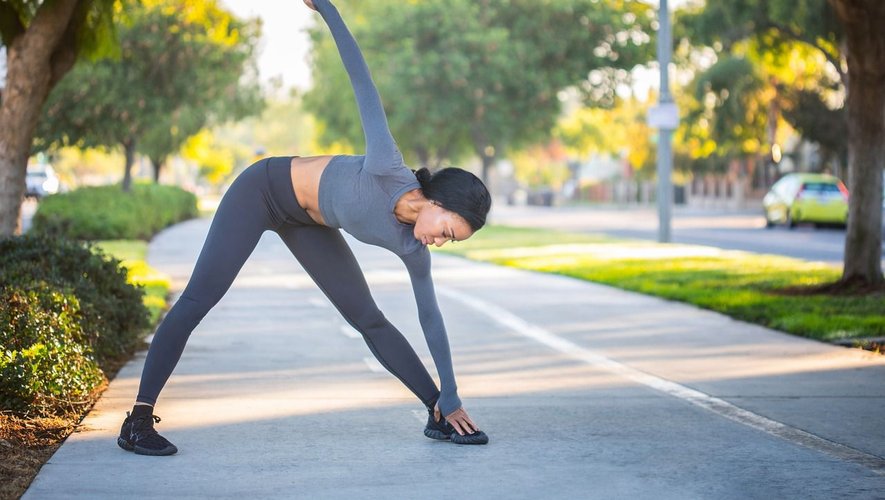True indicator of our state of health, the muscle contributes to fight against chronic diseases, aging, and to prevent cardiovascular diseases. This is the message from the medical world on the occasion of the first muscle meetings and muscle week.
We never wonder enough how our muscles are doing. Wrongly. These tissues represent 40% of our body mass, and they are, in fact, a true indicator of our state of health.
“Muscle is much more than a tissue of mobility, it has a transversal role and represents an enormous reserve of energy for our body, points out Professor Fabrice Chrétien, head of the neuropathology department at Sainte Anne-GHU Paris Psychiatry hospital. Neurosciences Our muscles secrete anti-inflammatory molecules which, for example, connect with our brain to fight against depressive syndromes.They also play a major metabolic role in glycemic control and the regulation of fatty acids… In short, it is time that we take care of our muscles”, insists the neurologist who carries with the French association of muscles (AFM), the first meetings of the muscles organized this 1er June in Paris and followed by muscle week throughout France (1).
Read also :
“Adapted physical activity is more effective than medication”
Like many physicians, he campaigns for consideration of myology, that part of anatomy that deals with muscles, as a health discipline in its own right.
The example of the long Covid
Behind this message, caregivers point to a real public health issue for patients who suffer from chronic muscle pain, for example. “We saw it following Covid-19, illustrates the specialist. Many patients diagnosed with long Covid, and suffering from muscle pain, found themselves in medical wandering. Beyond Covid-19 it is also the case of patients suffering from chronic myalgia. We cannot relieve them indefinitely with antidepressants. Another example, we know that the practice of physical activity in cancer patients is a guarantee of reducing recurrences. We must launch programs of prevention, structure studies and publish recommendations.”
In Toulouse, Cédric Moro, a researcher at the I2MC (2), devotes his research to the link between the practice of a sporting physical activity and the prevention of metabolic and cardiovascular diseases. “Depending on the dose at which it is practiced, physical activity reduces the risk of mortality associated with the most frequent metabolic diseases and cancers”, points out the specialist who recalls the recommendations of the WHO. “To reduce the risk of these diseases by 30 to 40%, you must practice at least 150 minutes of intense or moderate physical activity or 75 minutes of intense activity per week”.
Prevent loss of muscle mass
Among the virtues of this moderate physical activity, he cites the prevention of loss of muscle mass – which decreases by 3% to 10% per decade in adulthood – and the associated risks vis-à-vis osteoporosis and age-related chronic diseases. “Similarly, the loss of muscle mass – sarcopenia beyond a certain threshold in the elderly – is a mortality factor in the event of cancer or chronic obstructive pulmonary disease”, explains Cédric Moro.
In its most recent work, the Toulouse team has shown that our muscles are capable of producing molecules themselves (GDF 15) with beneficial effects on health. “This represents considerable challenges for patients in the future, in particular people with reduced mobility or confined who are poor responders to physical activity programs. We imagine using these molecules as biomarkers, in order to predict the responses of each patient to physical activity programs, on bone health or the immune system”, explains the researcher.

